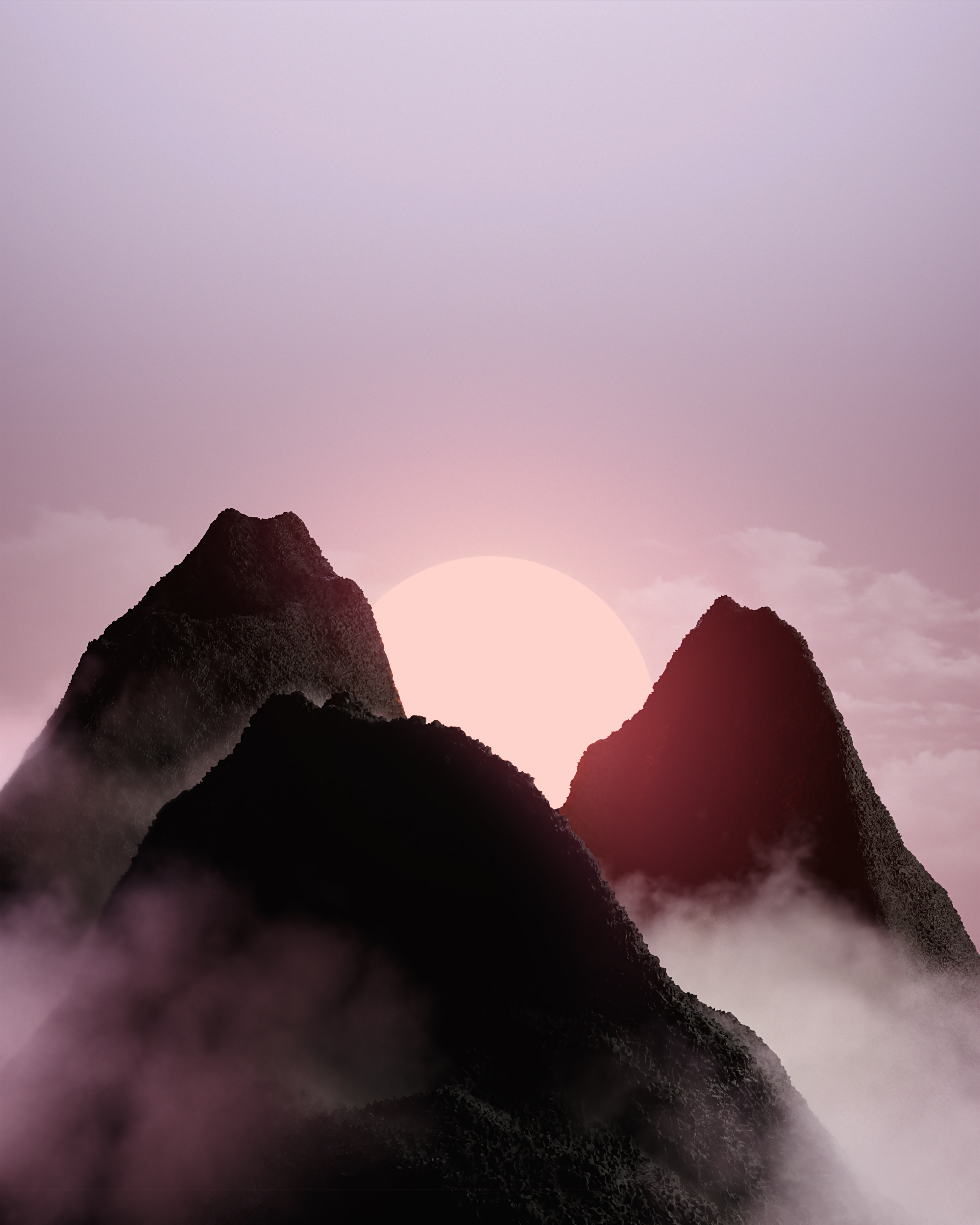Ignant
Midnight Sun “Where The Light Lingers.”
By Spot Studio for Ignant. Full article here.

As the center of our solar system, the sun only appears to rise and set because of the Earth’s rotation. As the planet completes its daily circuit, it turns east; and so our days of light sit bookended by darkness. But what of days with ceaseless sun? What of days where time has no measure?
At opposite ends of the earth—north of the Arctic Circle and south of the Antarctic Circle—the sun is visible at all hours of the day during summer. Six months are spent in light, and six months spent in darkness. Though neither poles are populated, the phenomenon has been long documented, the first known record of midnight sun dates back to 330BC when Pytheas of Massalia, a Greek astronomer who traveled widely, wrote of an island he called Thule in his book, On the Ocean: “At the time of the summer solstice there are no nights because the sun appears there more clearly and does not show any reflection on the water”.
Later, Greek mythology proposed that north of the island of Thule was Hyperborea: a paradisal place inhabited by a race of giants where the sun set but once a year. To date, neither Thule or Hyperborea have been found, but the stories written about them serve to intensify the magic and mythos associated with the phenomenon of midnight sun.
As the center of our solar system, the sun only appears to rise and set because of the Earth’s rotation. As the planet completes its daily circuit, it turns east; and so our days of light sit bookended by darkness. But what of days with ceaseless sun? What of days where time has no measure?
At opposite ends of the earth—north of the Arctic Circle and south of the Antarctic Circle—the sun is visible at all hours of the day during summer. Six months are spent in light, and six months spent in darkness. Though neither poles are populated, the phenomenon has been long documented, the first known record of midnight sun dates back to 330BC when Pytheas of Massalia, a Greek astronomer who traveled widely, wrote of an island he called Thule in his book, On the Ocean: “At the time of the summer solstice there are no nights because the sun appears there more clearly and does not show any reflection on the water”.
Later, Greek mythology proposed that north of the island of Thule was Hyperborea: a paradisal place inhabited by a race of giants where the sun set but once a year. To date, neither Thule or Hyperborea have been found, but the stories written about them serve to intensify the magic and mythos associated with the phenomenon of midnight sun.



In these hazy pink and purple scenes, we seem to have caught the sun on its decline.
Never falling below the horizon, it appears to stop for a moment, hover, then level itself before recommencing its ascent. While sunrise and sunset are a brief affair in places where night comes to replace day, in lands where there is no darkness the colors can linger for hours as the sun hangs low and lazy just above the land.



